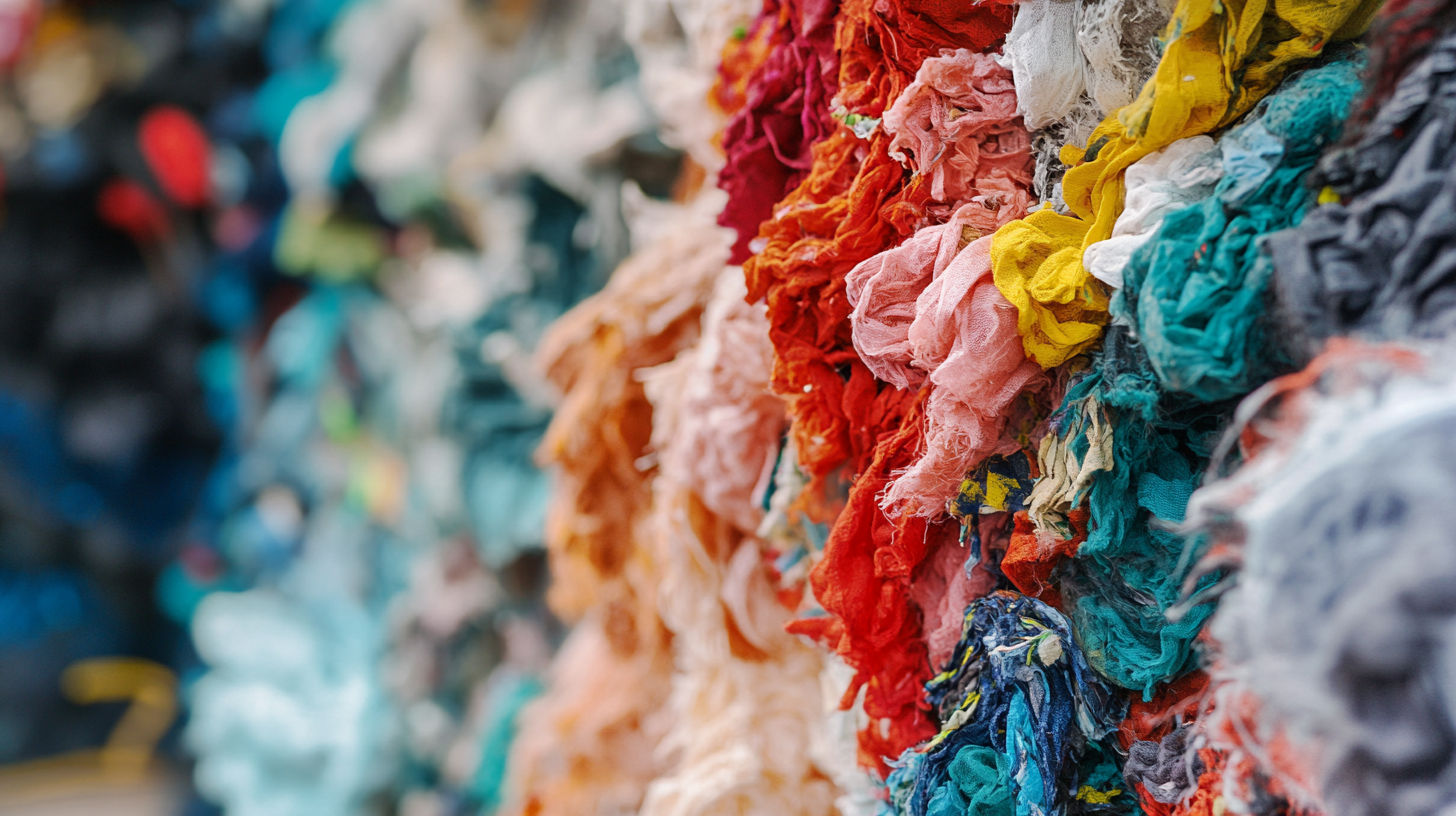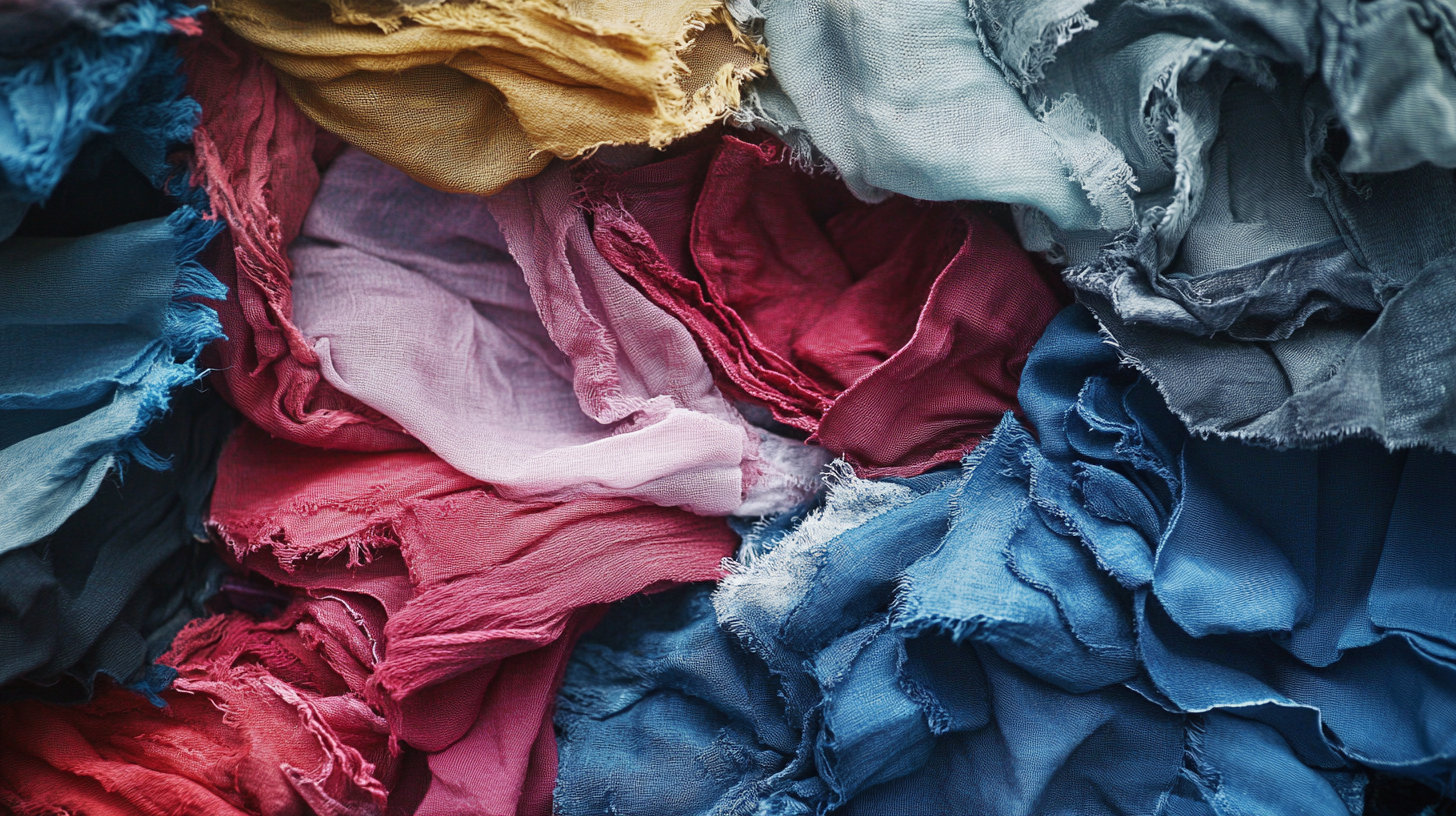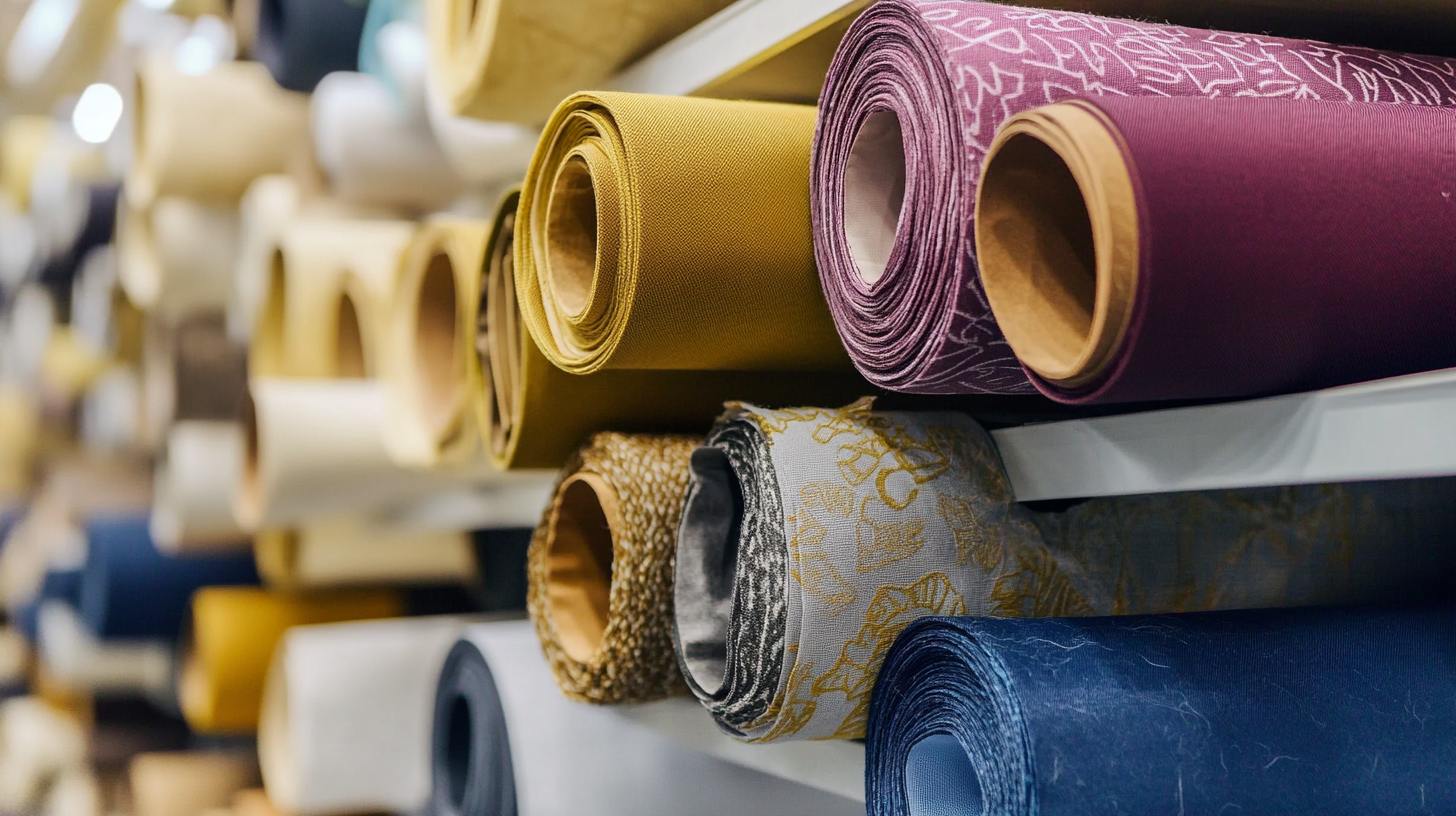 Sustainable fashion is swiftly becoming a priority across various industries, and one of the most impactful innovations at the forefront of this movement is Recycled PET Fabric. According to the Textile Exchange's 2021 Preferred Fiber and Materials Market Report,
the global demand for recycled polyester is expected to grow significantly, with brands increasingly recognizing its potential to mitigate environmental impact.
Recycled PET Fabric not only reduces reliance on virgin materials but also diverts millions of plastic bottles from landfills and oceans each year.
In fact, a recent study estimates that for every ton of recycled polyester produced, over 6,000 pounds of CO2 emissions can be saved.
As industries explore sustainable alternatives, Recycled PET Fabric stands out as a revolutionary solution, transforming how we approach fashion manufacturing, textile sourcing, and environmental responsibility.
Sustainable fashion is swiftly becoming a priority across various industries, and one of the most impactful innovations at the forefront of this movement is Recycled PET Fabric. According to the Textile Exchange's 2021 Preferred Fiber and Materials Market Report,
the global demand for recycled polyester is expected to grow significantly, with brands increasingly recognizing its potential to mitigate environmental impact.
Recycled PET Fabric not only reduces reliance on virgin materials but also diverts millions of plastic bottles from landfills and oceans each year.
In fact, a recent study estimates that for every ton of recycled polyester produced, over 6,000 pounds of CO2 emissions can be saved.
As industries explore sustainable alternatives, Recycled PET Fabric stands out as a revolutionary solution, transforming how we approach fashion manufacturing, textile sourcing, and environmental responsibility.
The rise of recycled PET (rPET) fabric is fundamentally transforming sustainable fashion standards across various industries. As consumers become increasingly aware of the environmental impacts of textile waste, brands are responding by incorporating rPET into their collections. According to a report by Textile Exchange, the global market for rPET could reach $10 billion by 2025, reflecting a significant shift towards eco-friendly materials. This shift not only reduces landfill waste but also minimizes the reliance on petroleum-based fibers, making rPET a viable alternative for responsible fashion.
Leveraging rPET fabric allows designers to create innovative, stylish, and sustainable pieces, proving that environmental consciousness does not compromise aesthetics. For instance, leading brands like Adidas and Patagonia have successfully integrated rPET into their product lines, resulting in a 40% reduction in carbon footprint compared to traditional materials. This commitment to sustainability is resonating with consumers, with studies showing that 66% of consumers are willing to pay more for sustainable brands, according to Nielsen.
Tips for Brands: Consider sourcing rPET from certified suppliers to ensure quality and transparency in your supply chain. Additionally, engage consumers by sharing the stories behind your rPET products, highlighting the positive environmental impact of their choices. Emphasizing the lifecycle and benefits of rPET can enhance brand loyalty and drive sales in an increasingly competitive market.
The environmental impact of recycled materials compared to virgin materials is staggering. Research shows that utilizing recycled PET fabric can significantly decrease energy consumption by up to 70%. This not only lowers greenhouse gas emissions but also conserves valuable resources, making it a smart choice for brands looking to enhance their sustainability strategies. For example, each ton of recycled PET can save around 7,000 gallons of water, showcasing how sustainable practices lead to better management of our planet’s water resources.
When considering sustainable fashion, companies should prioritize sourcing materials that minimize their carbon footprint. Tips to achieve this include collaborating with suppliers who provide recycled options, investing in eco-friendly technologies, and promoting transparency in production processes. Educating consumers about the benefits of recycled materials can also foster a greater demand for sustainable products, driving the industry toward a greener future. Another effective approach is to implement a take-back or recycling program, encouraging customers to return used items, thus creating a circular economy that keeps materials in use longer and reduces waste.
As the fashion industry shifts towards sustainability, recycled PET (rPET) fabric plays a pivotal role in transforming textiles across various sectors. By repurposing plastic bottles and other PET materials, rPET not only reduces waste but also offers a versatile option for manufacturers. This innovative fabric can be found in everything from high-performance sportswear to high-fashion garments, showcasing its adaptability and widespread appeal.

Beyond fashion, rPET is making waves in industries such as home decor and automotive. Upholstery made from recycled PET fibers adds durability and style to furniture while minimizing environmental impact. In the automotive sector, rPET materials are increasingly used for seat covers and interior trims, contributing to lighter vehicle weights and enhanced fuel efficiency. This trend demonstrates how recycled materials can meet the functional and aesthetic demands of modern consumers while promoting a circular economy. By integrating rPET into their products, industries are not just participating in sustainable practices but actively redefining the future of textiles.
The fashion industry is experiencing a significant shift towards sustainability, driven by growing consumer demand for eco-friendly products. Reports indicate that 66% of global consumers are willing to pay more for sustainable brands, highlighting an economic opportunity for companies that prioritize environmentally friendly practices. This shift is not just a trend; it reflects a maturation of consumer consciousness, where the impact of fast fashion is being scrutinized. For instance, the Ellen MacArthur Foundation notes that the global fashion industry is responsible for more than 92 million tons of waste annually, prompting brands to rethink their material sourcing and production processes.
To leverage this shift towards sustainability, brands should consider adopting recycled materials, such as the best recycled PET fabric. This fabric revolutionizes sustainable fashion not only through resource conservation but also by appealing to eco-conscious consumers. Incorporating recycled materials can reduce water usage by up to 50% and energy consumption by around 30% compared to traditional fabrics, according to the Textile Exchange.
Tips for brands looking to pivot sustainably include investing in transparent supply chains, communicating the environmental benefits of their products, and engaging customers with educational content about the importance of sustainable fashion. Building a community around sustainability can enhance brand loyalty and attract a growing demographic of environmentally aware consumers.

The significance of quality manufacturing in recycled fabric supply chains cannot be overstated, especially as sustainability gains traction across industries. Recent reports indicate that the global recycled PET market is expected to reach $14.5 billion by 2027, highlighting the increased demand for eco-friendly materials in fashion and beyond. Companies are exploring innovative manufacturing techniques, leveraging AI to enhance efficiency and precision in producing recycled fabrics. This not only reduces waste but also ensures that the end products meet high-quality standards required by consumers.
Moreover, the apparel industry is undergoing a transformative shift toward sustainability. A study shows that clothing brands adopting sustainable practices can potentially reduce their carbon footprint by 50% over the next decade. By prioritizing high-quality manufacturing processes within their supply chains, brands can improve the durability and recyclability of their garments, addressing circular economy challenges effectively. In an era where the consequences of unsustainable practices affect global supply chains, investing in quality production methods becomes crucial for fostering a resilient and sustainable future in fashion.
| Dimension | Details |
|---|---|
| Recyclability Rate | Up to 100% recyclable |
| Carbon Footprint Reduction | 70% less CO2 emissions compared to virgin polyester |
| Water Usage | 50% less water consumption in production |
| Durability | High durability equivalent to virgin materials |
| Market Growth | Projected growth of 15% annually in recycled fabric market |
| Applications | Fashion, automotive, home textiles, and more |
| Consumer Awareness | Increasing demand for sustainable products among consumers |
